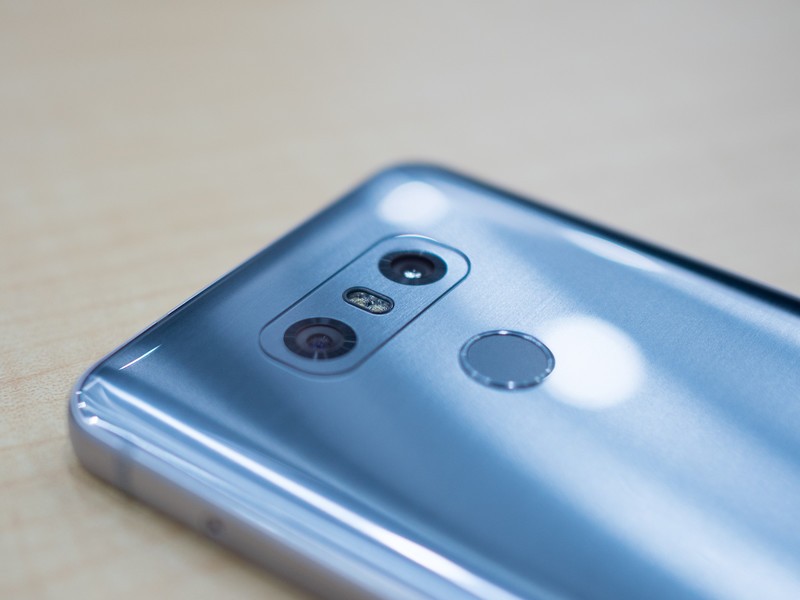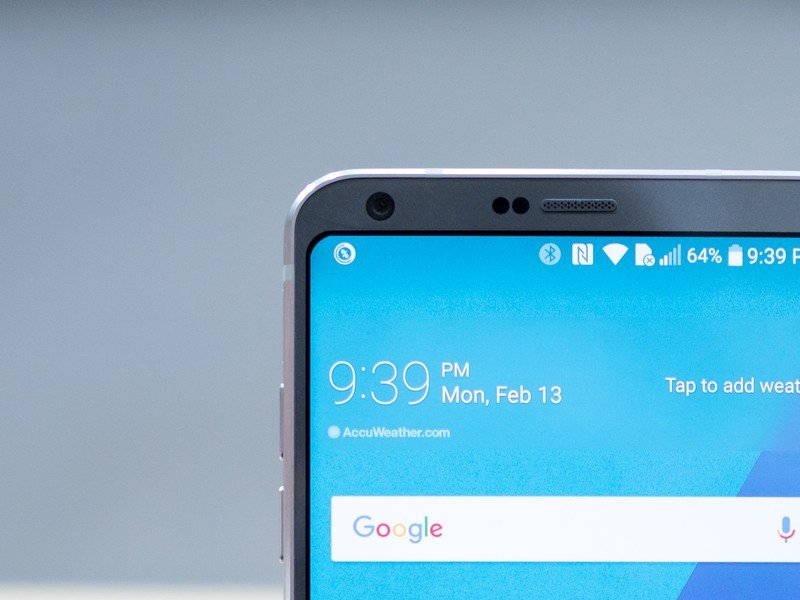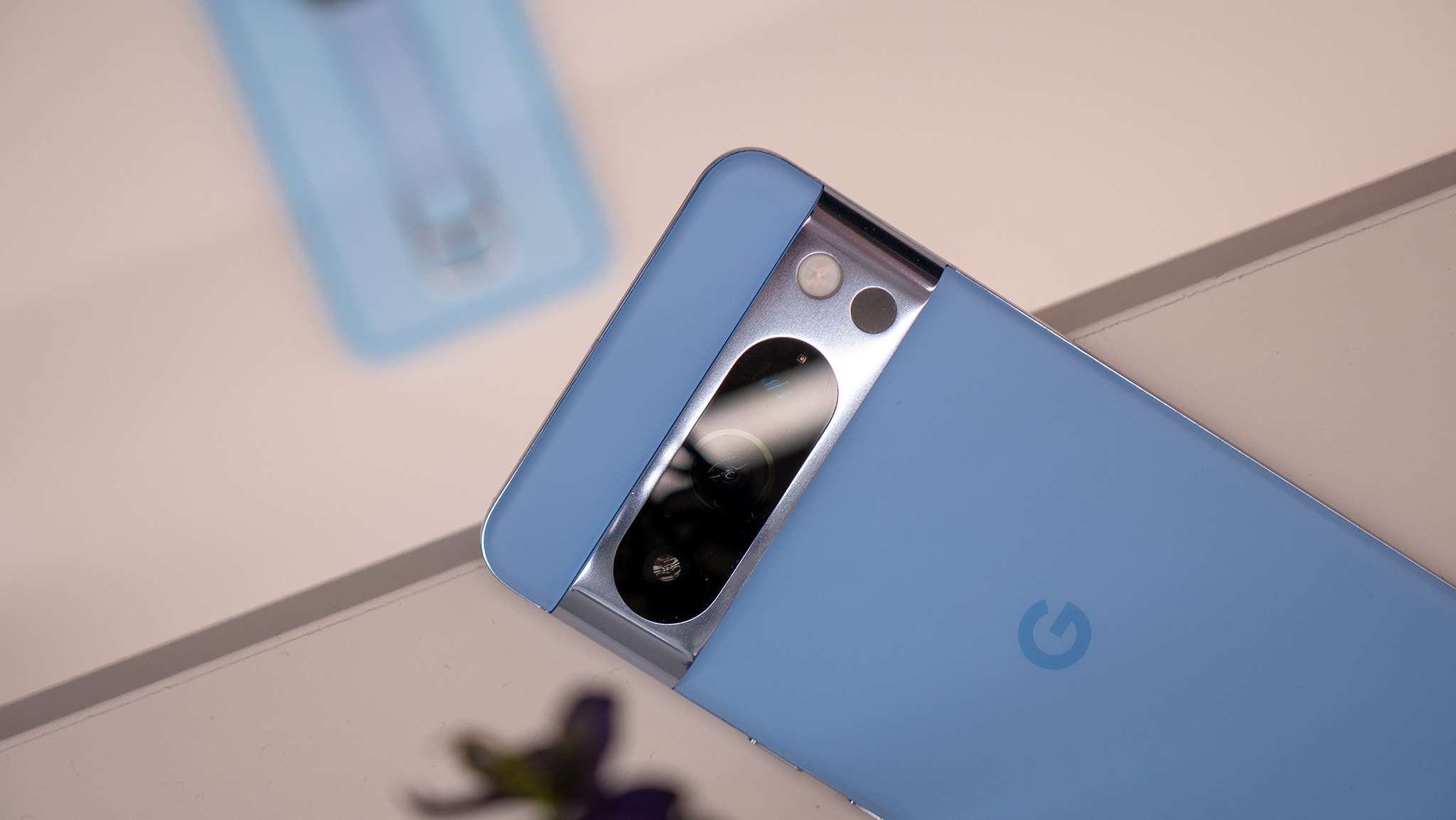Everything you need to know about the LG G6's cameras

Photography has become one of the leading factors in choosing a phone today, with so many companies putting out great choices. LG has been near the top of the pack for the past few generations of its G and V series of phones, and it is hoping subtle tweaks to its formula can keep it in the conversation with the LG G6.
Dual rear cameras are very much the focal point here, with the wide-angle camera getting a much-needed boost of attention as LG finds that nearly half of its users use that as their primary shooter. At the same time, the wide-angle front-facing camera stands alone as your only camera choice up front, making sure you fit as much as possible in your selfie.
Here's the full breakdown of what to expect in the LG G6's camera setup.
Rear cameras

LG is well known for its dual camera setups at this point, and it has tweaked the setup over the past couple generations of its high-end phones. The G6 has yet another tweak to the combination, moving to using the same sensor for both cameras rather than a markedly better sensor in the "main" camera with a weaker sensor in the wide-angle camera as before. The sensors are identical 13MP Sony units (IMX258) with 1.12-micron pixels, though the specs supporting them differ a bit.
You may not like the prioritization here, but it's definitely a more balanced camera setup.
The standard camera has a 71-degree lens — which is about standard for most smartphone cameras — with an f/1.8 aperture and OIS. It also has PDAF (phase-detect auto focus). Depending on how much LG has improved its software, this camera setup may be looked upon as a downgrade from the 16MP sensor it was using in prior phones. Not only has the resolution dipped, but there also wasn't any increase in pixel size to show for it — you may have noticed that laser auto focus is gone as well.
More: LG G6 vs. Pixel XL camera comparison
The wide-angle camera still offers you those super-unique photos that you just don't get on any other smartphone, and now with a better sensor it's even more valuable. It has a 125-degree wide-angle lens with an f/2.4 aperture — but it lacks OIS and autofocus, just as before. Before you go running to grab your pitchfork, hear me out: because of the ultra-wide look, there isn't much need for autofocus (everything is just set to infinity) or OIS. While stabilization would be nice to have it isn't critical — the only worry here, perhaps, is the f/2.4 aperture for lower light shots.
Get the latest news from Android Central, your trusted companion in the world of Android
When it comes to using those cameras, LG sees them as operating independently in nearly every aspect. Though you can smoothly zoom between the two when staging a still or recording video, in the end you're only going to be using one at a time. The only exception is a dual-shot mode that takes both a wide-angle and standard shot at the same time for an interesting artistic effect.
Front camera

After trying to use two distinct front-facing cameras with the LG V10, things switched back to a single extra-wide camera on the V20 and we have the same look now in the G6. That keeps things simple in terms of components, but also means you don't have two cameras taking up precious space on the LG G6's small bezels.
Front-facing cameras are usually rather wide by default, but considering there's little reason to have anything but a super-wide lens for your selfies LG has gone with a 100-degree lens with f/2.2 aperture in front of its 5MP sensor. There isn't any sort of stabilization here, but once again size constraints are in full effect.
There's so much more to the LG G6 than just the cameras. Be sure to read our full review, and breakdowns of the various features from LG's latest phone!

Andrew was an Executive Editor, U.S. at Android Central between 2012 and 2020.
